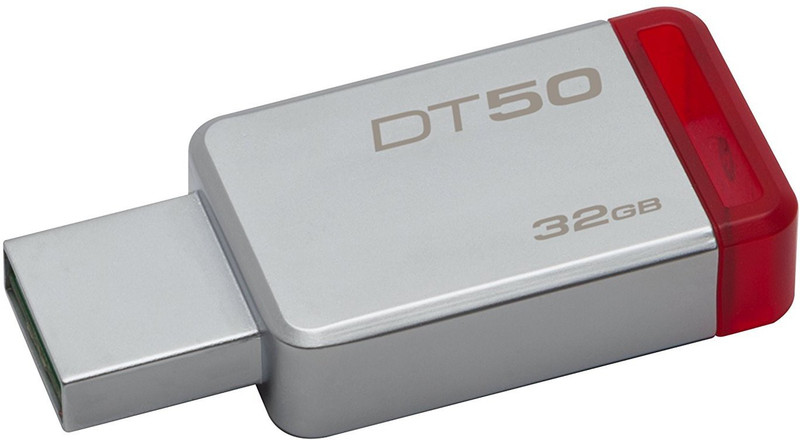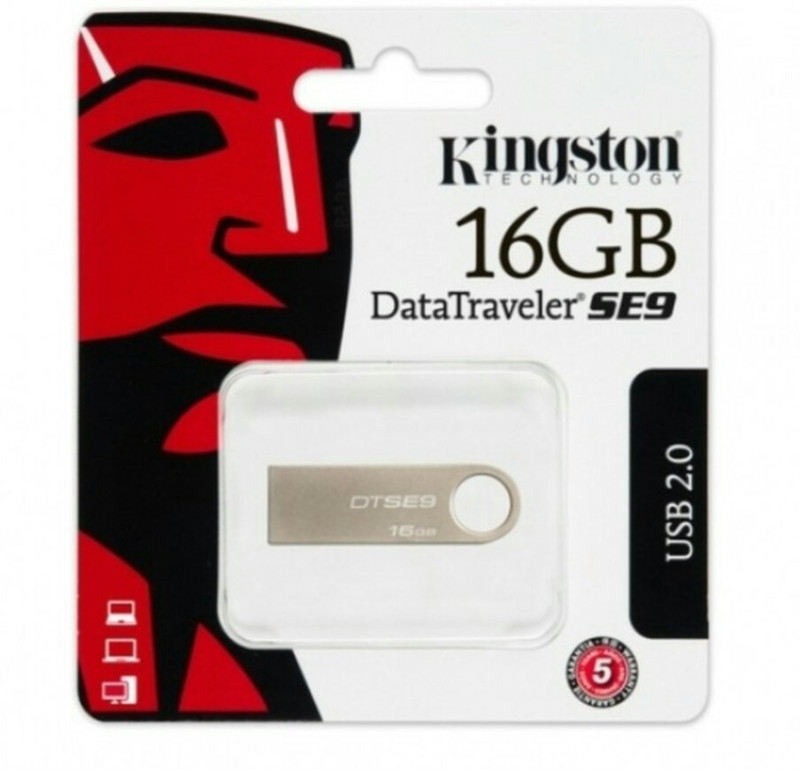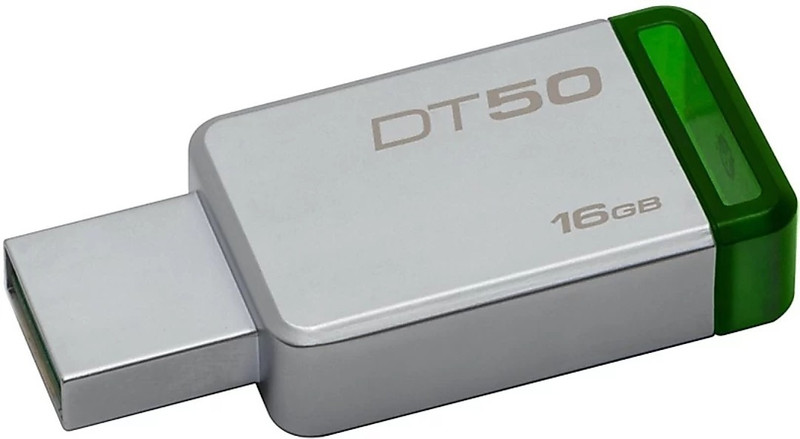What Size AC Should You Buy? A Guide To Choosing Between 0.8 Ton, 1 Ton, 1.5 Ton Or More

When summer becomes all about sweltering temperatures and relentless humidity, the air conditioner can quickly transform from a luxury to a necessity. But before you rush out to buy the first unit you see or add one to your online basket during a flash sale, it's worth understanding what all the numbers mean. Specifically: 0.8 ton, 1 ton, 1.5 ton or more. These aren't just numbers; they're indicators of cooling capacity. And choosing the wrong one could mean less comfort, more power consumption, and ultimately, disappointment.

What Size AC Should You Buy? A Guide To Choosing Between 0.8 Ton, 1 Ton, 1.5 Ton Or More
Photo Credit: Unsplash
What Does “Ton” Mean In Air Conditioners?
Contrary to what it may sound like, “ton” in air conditioners has nothing to do with weight. Instead, it refers to the cooling capacity of the unit. The term dates back to a time when ice was used for cooling. One ton of cooling is equivalent to the amount of heat needed to melt one ton (approximately 907 kg) of ice in 24 hours. In terms of numbers, 1 ton equals 12,000 BTU (British Thermal Units) per hour. In simple words, the higher the tonnage, the more heat the unit can remove from a room per hour.
Why Sizing Your AC Correctly Matters

What Size AC Should You Buy? A Guide To Choosing Between 0.8 Ton, 1 Ton, 1.5 Ton Or More
Photo Credit: Pexels
Buying an air conditioner isn't just about being bigger, being better. A unit that's too powerful for a room will cool the air quickly, but won't run long enough to remove humidity. The result? A chilly but clammy room. On the other hand, a unit that's too small will struggle to cool the space effectively, consuming more energy in the process and wearing itself out faster.
Factors To Choose The Right Air Conditioner
1. Room Size
Here's a quick size guide based on average Indian room sizes, assuming standard ceiling height and moderate sunlight exposure:
| Room Size (sq. ft) | Suggested AC Capacity | Room Type Example |
|---|---|---|
| Up To 90 | 0.8 Ton | Study room, small bedroom |
| 90-120 | 1 Ton | Standard Bedroom, office cabin |
| 120-180 | 1.5 Ton | Master bedroom, medium living room |
| 180-250+ | 2 Ton or More | Large hall, open-plan area |
2. Sunlight Exposure
If your room faces west or south and receives direct sunlight during peak hours, you'll need more cooling power. Consider going up by 0.2-0.5 tons to compensate.
3. Occupants in the Room
More people generate more body heat. For every two additional people (over two regular occupants), you may need to add 0.1 ton to the base calculation.
4. Electrical Appliances
Televisions, computers, refrigerators, all these emit heat. A room with heavy usage of electronics will need a higher cooling capacity.
5. Insulation And Ventilation
Older homes with poor insulation or many gaps around windows and doors can lose cool air quickly. This makes your AC work harder. Similarly, rooms without ventilation or cross-breeze may need higher tonnage.
6. Ceiling Height
The tonnage recommendations above are for rooms with a standard ceiling height of 9 to 10 feet. If yours is higher, the volume of air to cool increases.
Understanding Common Air Conditioner Capacities
1. 0.8 Ton AC
Perfect for small spaces such as study rooms or compact bedrooms under 90 sq. ft. It's energy-efficient, cools faster in a limited area, and generally costs less to buy and operate. Ideal for one or two users with limited electronics.
2. 1 Ton AC
A standard choice for many bedrooms or office cabins between 90 and 120 sq. ft. It strikes a balance between power and economy. If you live in a city flat or have moderate use, this might be your best bet.
3. 1.5 Ton AC
This is the most versatile capacity and suits most mid-sized bedrooms and living rooms. For families or households where the AC will run for hours, especially during peak summer, it offers stable cooling performance without a dramatic surge in electricity bills.
4. 2 Ton AC And Beyond
Designed for large halls, drawing rooms, or even commercial spaces. If your room is expansive, receives direct sunlight, and houses many people or electronics, this capacity is essential. Do note, though, that installation and power consumption are proportionally higher.
Inverter vs Fixed-Speed ACs: Does It Affect Sizing?

What Size AC Should You Buy? A Guide To Choosing Between 0.8 Ton, 1 Ton, 1.5 Ton Or More
Photo Credit: Unsplash
Inverter air conditioners adjust their compressor speed based on the cooling demand, allowing them to operate more efficiently over longer periods. Because of this, some experts argue that inverter ACs offer flexibility and may handle slightly larger rooms even with the same tonnage as a fixed-speed unit.
For instance, a 1-ton inverter AC could comfortably manage a room that might otherwise require a 1.2-ton fixed-speed AC. Still, it's better to err on the side of caution and go with the correct base tonnage.
Energy Efficiency And Star Ratings
Once you've figured out the right capacity, don't forget to check the star rating. A 5-star rated AC with the right tonnage can significantly cut down your power bills over time. Yes, they cost more upfront, but the savings in the long run are worth it.
Products Related To This Article
1. Panasonic 2025 Model 1.5 Ton 5 Star Split Inverter AC With Wi-fi Connect
2. LG 2025 Model AI Convertible 6-in-1 Split 1.5 Ton 5 Star Split AI Dual Inverter
3. MarQ by Flipkart 2025 1 Ton 3 Star Split Inverter 5-in-1 Convertible
4. Voltas 2024 Model 1.5 Ton 3 Star Split Inverter AC
5. Voltas 2024 Model 1.5 Ton 5 Star Split Inverter AC
6. Panasonic 2025 Model 1.5 Ton 3 Star Split Inverter AC
7. Haier 2025 Model Intelli-Convertible 7-In-1 Convertible AC
8. Godrej 5-In-1 Convertible 2024 Model 1.5 Ton 4 Star Split Inverter AC
9. LG 2025 Model AI Convertible 6-in-1 Split AC
10. Blue Star 2025 Model 1.5 Ton 5 Star Split Inverter AC
Frequently Asked Questions (FAQs)
1. What is the meaning of "ton" in an AC?
"Ton" refers to the cooling capacity of the air conditioner. One ton equals 12,000 BTU (British Thermal Units) per hour, which is the amount of heat needed to melt one ton of ice in 24 hours.
2. Is a higher tonnage AC always better?
Not necessarily. An oversized AC may cool a room too quickly without dehumidifying it properly, leading to a cold but damp atmosphere. The right capacity should match your room size and conditions.
3. How do I calculate the right AC size for my room?
The ideal AC size depends on the room's square footage, sunlight exposure, number of people, and heat-generating appliances. You can refer to standard guidelines or use a manufacturer's tonnage calculator.
4. What's the difference between an inverter and a non-inverter AC?
Inverter ACs adjust compressor speed based on cooling needs, making them more energy-efficient and quieter. Non-inverter (fixed-speed) ACs turn the compressor on and off, which can use more electricity.
5. Does star rating affect performance?
Star ratings don't affect performance but indicate energy efficiency. A 5-star AC consumes less electricity compared to a 3-star model of the same tonnage, leading to lower power bills over time.
When it comes to AC shopping, “just eyeballing it” is not a reliable strategy. If you're unsure, consult a professional or use an online AC tonnage calculator provided by trusted manufacturers. Many offer home assessment services to help you choose correctly. Always remember, an air conditioner is a long-term investment. Get the sizing right to make your summers a breeze.


























